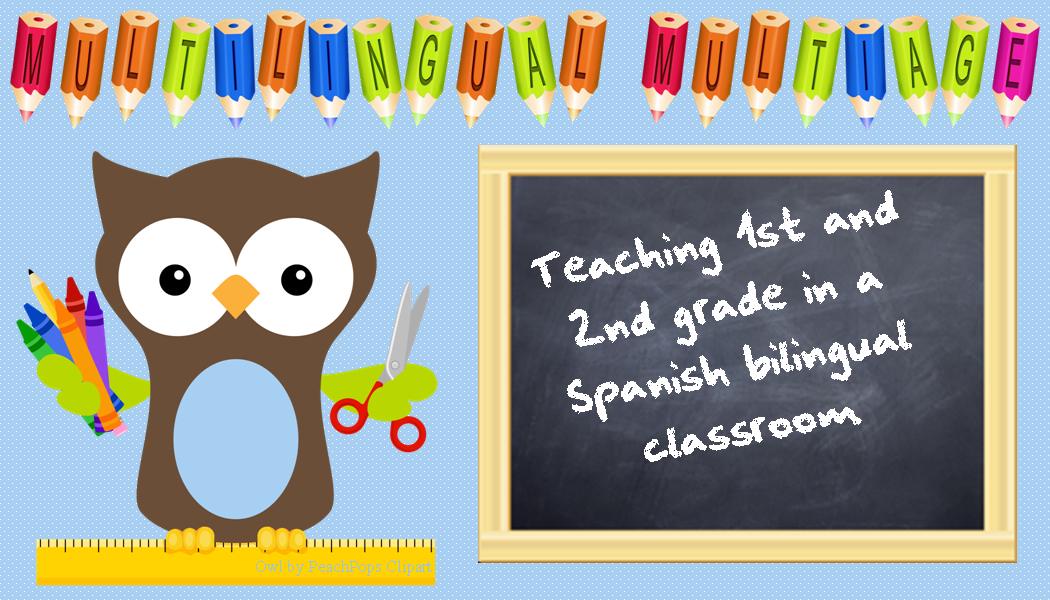CHAMPS (which stands for Conversation, Help, Activity, Movement, Participation, and Supplies) was introduced to our school at the end of last year. During our back to school staff meetings this year, each of us teachers received a CHAMPS board made especially for us by our wonderful TAB and SEDOL ladies. Here is my board:
I use this board everyday with my students. Before we start a new activity or lesson I just switch the cards around to provide a visual reminder for students of the behavior expected of them.
Conversation: I use the numbers 0-4 to tell the students the voice levels they should be using (0 = silent, 1 = whisper, 2 = group work, 3 = whole class, 4 = gym/recess only)
Help: This category tells the students the ways in which they can get help if they need it. On the board posted you can see that students can raise their hands or ask a buddy. I also have a card for walking up to the teacher's desk and for re-read the directions. It is important to remind students that if the card is not shown, it means you should NOT use that method for help. For example, the teacher isn't shown here because this is the board set up for centers work, and I am with a guided reading group and cannot be interrupted.
Activity: There are probably twenty different cards for this section of the board. You can see the seat work picture shown, but I also have cards for group work, tests, reading, art projects, game playing, computer time, writing workshop, etc. I use the three different velcro dots to put the activities in order for students so they know what they are expected to do next.
Movement: This is probably my favorite category, and definitely the most helpful. Movement tells the students what they are allowed to do during the activity. You can put up the bathroom, drinking fountain, pencil sharpened, book shelf, and many more cards to show when and how students are permitted to move around the room. I am also planning to make some cards with the "not" sign (like on a no smoking sign) to re-emphasize when it is not appropriate to get up and go to the bathroom, get a drink, or sharpen pencils. Providing the students with visual reminders of these rules has helped keep students from getting up while I'm teaching or giving directions.
Participation: The participation category is a reiteration of the help and activity sections rolled into one. It shows students how we will be working; whether it may be in centers, independently, as table groups, or as a whole class.
Supplies: I added supplies onto the board myself, so that's why you don't see the pieces up yet. I made different cards of our textbooks, notebooks, and school supplies to help show the students what they will need for each lesson of the day. This saves me a lot of time explaining to students what they need to get out. I love this category!
*Oh, and please note that the velcro dots across the top are for the subject cards. This way I can put up "math" or "centers" to specify what the board is for.








